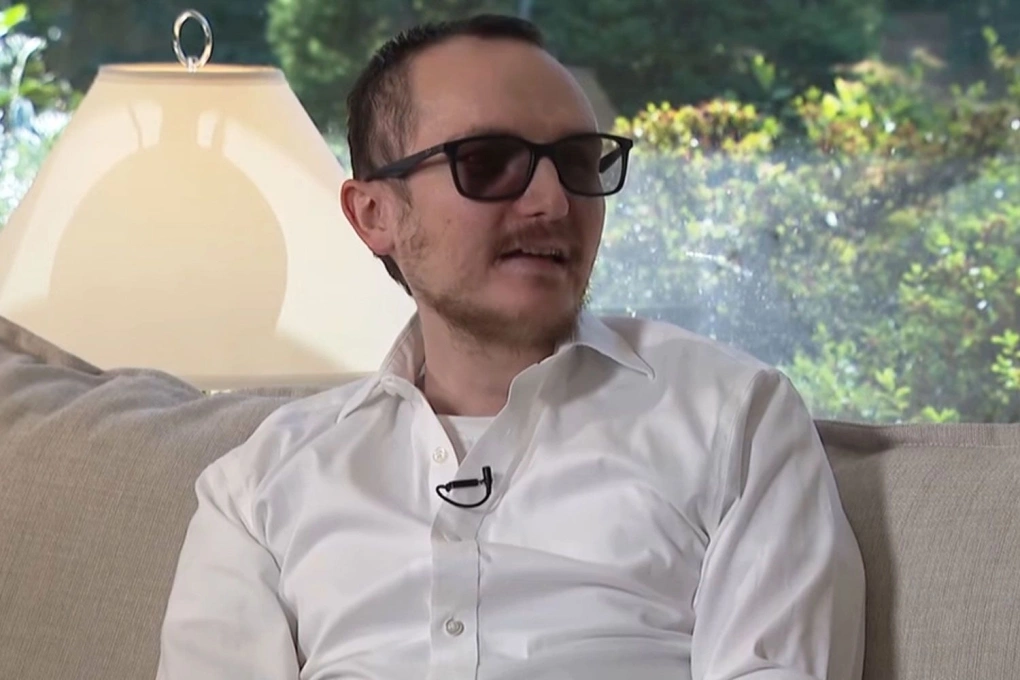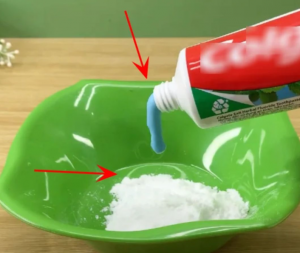Brent Chapman, 34, lost his sight at age 13 after suffering an extremely rare allergic reaction to ibuprofen called Stevens-Johnson syndrome, according to People . The disease left him completely blind in both eyes, and for the next two decades, Chapman has been searching for treatments to restore his sight.
However, none of the treatments provided lasting results, until he met Dr. Greg Moloney, an ophthalmologist at Providence Health Care’s Mount Saint Joseph Hospital in Vancouver.
Moloney proposed performing a rare operation called a “tooth in the eye” on Chapman’s right eye. The procedure, which was developed in the 1960s, involves several complex steps and has so far been performed by only a few hundred people worldwide.
During the surgery, the surgeon removes one of the patient’s teeth, flattens it, and drills a hole in the center to insert the artificial lens. The piece of tooth containing the lens is then implanted into the eye, allowing the patient to see through it. Moloney explains that using the patient’s own tooth reduces the risk of the body rejecting the implant as a foreign object.
“Usually people’s first reaction is shock, surprise and disbelief that this surgery actually exists,” Moloney told Today when referring to the treatment.

Chapman is now happy to have recovered half of his vision. Photo: abc7NY
Chapman also shared that at first he thought the surgery was like something out of a movie. “It was a bit like science fiction. I thought, ‘Who would think of this? This is crazy,'” he said.
The results speak for themselves, though. Chapman said he could see his hand moving in front of his eyes as soon as he woke up from surgery in early September. After a full recovery, his vision was about 20/40 or 20/30.
“I feel great,” Chapman said of the results of the surgery. “My vision is back, and it’s a whole new world.”
Chapman also said the moment he first saw Dr. Moloney was an emotional experience. “When Dr. Moloney and I made eye contact, we both burst into tears. I hadn’t really looked anyone in the eye in 20 years,” he recalled.












